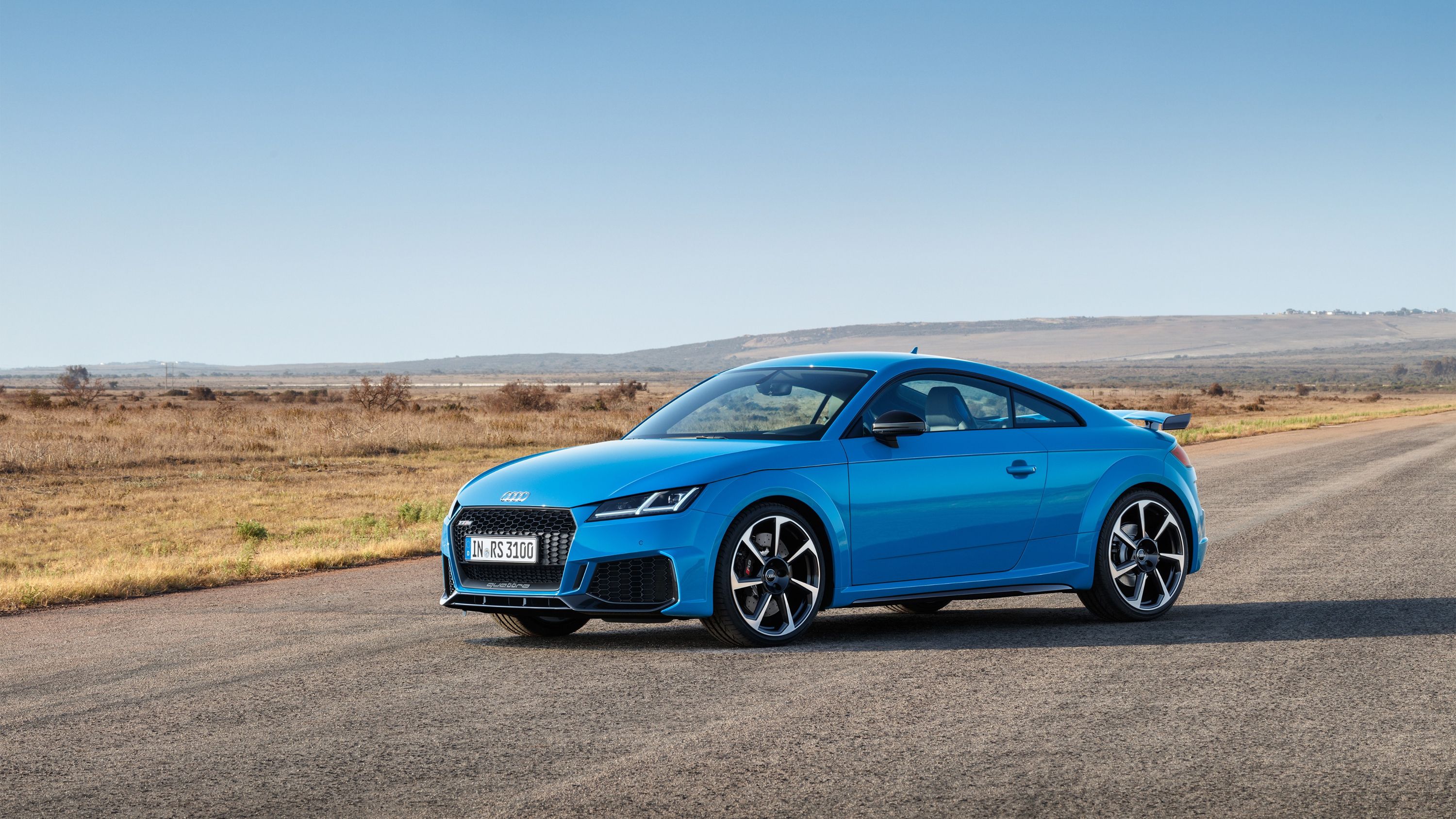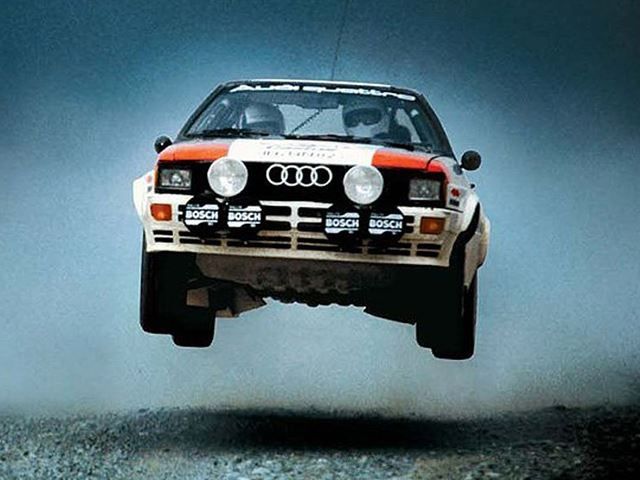
Donut Media has done it again with another edition of its excellent "Everything you need to know | Up to Speed" series providing comprehensive histories for car enthusiasts, this time looking back at the most infamous period of the World Rally Championship: the grueling Group B era. One of the most dangerous racing series ever devised, it spawned by far the most powerful rally cars the sport had ever seen, which also led to legendary homologation road car variants like the Ford RS200 and Audi Quattro S1.
These cars were so overpowered that frequent fatalities led to the series being scrapped in the late 1980s four years after it started. As Donut Media explains, Group B started in 1982 as a class where there were practically no car regulations. Group A, by comparison, had a lot of restrictions from the power, weight and cost.
Homologation requirements meant that 5,000 models also had to be mass produced with four seats. In contrast, Group B only required 200 production models, two seats and no restrictions on boost. This of course increased the danger – watch some archive footage and prepare to gasp in awe as these fearless drivers tear through narrow sections of dirt, asphalt and snow while narrowly avoiding unprotected spectators. Sadly, Group B was shortlived and was cancelled in 1986 after fatal crashes forced it to end. As the cars became more powerful and the drivers more daring, a catastrophe was inevitable.
In 1986, driver Joaquim Santos ploughed into a group of spectators in his Ford RS200 during the Portugeese rally while trying to avoid a small group of fans on the road. 31 people were injured and three were killed in the crash. Shortly after, driver Henri Toivonen's Lancia Delta S4 flew off the side of the road during the Tour de Corse rally and burst into flames, killing both him and his co-driver. Group B cars were outright banned in 1987, and rallying was never the same again.

